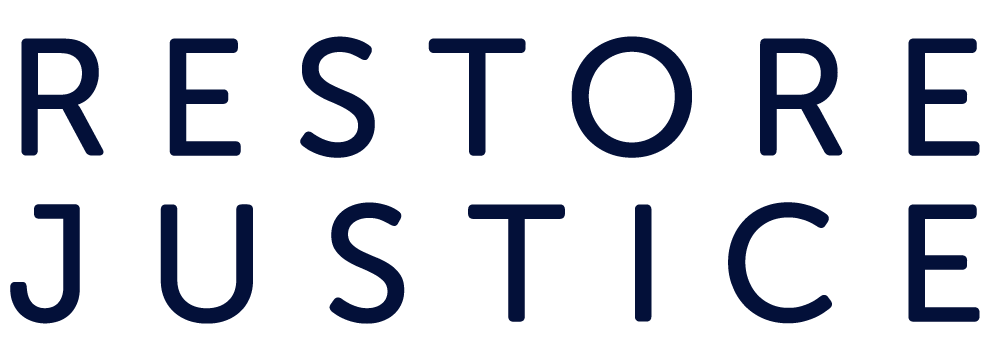WHAT IS EXECUTIVE CLEMENCY?
Executive clemency is a set of powers granted to the Governor by the Illinois Constitution to pardon a person who has committed a crime or to commute his or her sentence. The Illinois Constitution provides that “The Governor may grant reprieves, commutations and pardons, after conviction, for all offenses on such terms as he thinks proper. The manner of applying therefore may be regulated by law.”
WHAT ARE PARDONS, REPRIEVES, AND COMMUTATIONS?
A pardon is an “act of grace” by the Governor that nullifies the legal consequence of a criminal conviction. There are generally two types of pardons, conditional and unconditional. An unconditional pardon immediately restores all the rights and privileges lost because of the conviction, while a conditional pardon imposes one or more terms (conditions) that must occur before the pardon is effective. A commutation occurs when the Governor only reduces the judicially imposed sentence of a person convicted of a crime. Reprieves are a temporary relief from, or a postponement of, a judicially imposed punishment. They usually occur in the context of the death penalty and are typically granted in such cases to give the Governor time to review a case and decide whether to grant a pardon or commutation.
HOW DOES THE EXECUTIVE CLEMENCY PROCESS WORK IN ILLINOIS?
The Executive Clemency process usually begins with a written petition being submitted by the offender to the Prisoner Review Board (PRB). The petition is then reviewed by the PRB to ensure that it is properly filled out and contains all required information. The petitioner can elect to have a public hearing, where the petitioner (if not incarcerated), his/her supporters, and anyone opposing the petition, can appear in person and speak before the PRB. After receiving and considering the petition, supporting documentation, oral testimony, and other relevant information, the PRB makes a confidential recommendation to the Governor regarding the petition. After receiving the PRB recommendation, the Governor can either grant or deny the petition, but there is no time limit for doing so
The PRB has issued specific guidelines governing the process and procedure for requesting Executive Clemency. These guidelines can be found on their website.
WHAT IS THE SCOPE OF THE GOVERNOR’S EXECUTIVE CLEMENCY POWERS?
The Governor’s Executive Clemency powers are virtually unlimited. The phrase “on such terms as he thinks proper” gives the Governor broad discretion. Illinois Courts have consistently held that the Governor’s power is absolute and not subject to limitation by Courts or the General Assembly. The only limitation imposed by the Constitution is the requirement that clemency occurs “after conviction” and that the General Assembly may establish (or modify) a procedure for applying.
During the 1968 constitutional convention, a discussion about the clemency provision makes clear that the legislature intended to give the governor broad clemency powers:
Mr. J. Parker: The General Assembly has the authority to act on the question of parole, but they would not have any effect on the governor’s exercise of his power of granting pardons . . .
Mr. Friedrich: The governor could now and can pardon everyone in Stateville, including those on death row, and can continue to do it under this [constitution]. He has complete authority in this area.
WHY IS IT IMPORTANT?
In 1978, Illinois joined the minority of U.S. states that chose to abolish their discretionary parole. Since then, the prison population in Illinois skyrocketed by over 500 percent, from roughly 6,000 inmates in the 1970s to over 40,000 today. And while not the only reason, the abandonment of discretionary parole was a certain factor contributing to our state’s current prison crisis.
Another contributing cause to this crisis includes the enactment of more punitive sentencing schemes, such as life without parole (LWOP), defacto LWOP, extended-term sentencing, consecutive sentencing Truth-In-Sentencing (TIS), and a host of other sentencing enhancements. As a result of these unwise and extremely harsh sentencing practices, individuals are spending longer periods of time (usually 20 years or more) in prison without any hope of earning parole or time off for good behavior (Good-Time).
At the core, parole is a period of supervised, early release from prison. It is an alternative to incarceration that—when done right—can reduce prison costs and reduce crime. Yet there is no shortage of myths surrounding parole in Illinois, from the assumption that it doesn’t work to the belief that Illinois already has parole in the form of determinate sentencing and mandatory supervised release (MSR).
Surprisingly (or maybe not), these myths are often held by the legislators who vote on parole bills.
We think it’s important that people have answers. For that reason, Restore Justice has put together a primer on parole as it relates to Illinois. Some of the topics it touches on include:
Parole vs. other types of supervised or early release
The history of parole in Illinois
The relationship between parole and recidivism (i.e. does parole work?)
How other states operate their discretionary parole systems
In 2018, the Illinois General Assembly voted to restore limited parole for those under the age of 21 at the time of their offense. Signed by Governor Pritzker on April 1, 2019, House Bill 531, also known as the Youthful Parole Bill, is the first step to modernize our state’s criminal justice system by creating new opportunities for parole for young people facing extreme sentences. However, once becoming law, the Youthful Parole Bill will apply only prospectively – i.e., to those who are sentenced after the bill’s effective date. This means the bill will have no impact on those already serving extreme sentences as youth. Because of this, and political challenges present in retroactivity via legislative action, in the near future, a more robust and proactive use of executive clemency is necessary.
Learn more about the Youthful Parole Bill here.
WHAT CLASSES/GROUPS SHOULD BE THE FOCUS OF CLEMENCY CONSIDERATION?
To alleviate the disproportionate impact of harsh sentencing laws enacted in the 90s, the Governor could systematically review groups or categories of individuals for clemency consideration. Generally speaking, most of these individuals were convicted and sentenced for offenses committed in the 1990s and before the effective date of the Youthful Parole Bill.
Discretionary Juvenile Life Without Parole (JLWOP): Individuals given life without parole before the age of 18 but not included in Miller relief due to the nature of the judge’s determination at the time of sentencing (eg discretionary vs. mandatory). We estimate there are 20 individuals in this category. XX number of states ban life without juveniles in all cases, including discretionary.
De facto JLWOP: De facto life sentences (also known as “virtual” life sentences) refer to non-life sentences that are so long that the sentenced person will likely die or live out a significant majority of their natural lives before they are released.
Truth-in-Sentencing (TIS): A law passed in 1998 that eliminated or reduced the amount of good conduct credit an individual convicted of certain crimes can earn off his or her non-life sentence. A person under TIS must serve 60%, 75%, 85% or 100% of their sentence, depending on the offense.
Mandatory Consecutive Sentencing: Mandatory consecutive sentencing laws require multiple sentences imposed on a single person to be served one after the other. As opposed to concurrent sentences which are served at the same time.
Firearm Enhancements: Requires judges to add 15, 20, or 25 years to the prison sentences of defendants convicted of certain felonies if the defendant was found to have possessed or discharged a firearm during the commission of the crime.
Extended term Sentencing: Occurs when the sentencing range for an offense is extended (or lengthened) when certain aggravating factors are present (i.e., the original sentence range of 20 to 60 years for Murder is extended to 20 years to natural life (LWOP)).
Elderly Prisoners: Individuals who have reached the age of 50 and have served a minimum of 25 years.
HOW HAVE EXECUTIVE CLEMENCY POWERS BEEN USED IN THE PAST?
On January 11, 2003, then Illinois Governor, George Ryan, granted executive clemency to every person on death row. Citing numerous flaws in our criminal justice system, including the wrongful convictions and sentencing to death of 13 innocent people, Governor Ryan commuted the sentences of the 164 people who were sentenced to death in Illinois.
This is the second time an Illinois Governor has granted mass or blanket commutations to a group or class of prisoners. In 1994, then-Illinois Governor Jim Edgar granted clemency to four women who were convicted of murdering abusive husbands or lovers. Governor Lee Cruce of Oklahoma commuted the sentences of 22 men on death row in 1915. In 1970, Arkansas Governor Winthrop L. Rockefeller commuted the death sentences of 15 men. And, in 1986, the five people sentenced to death in New Mexico were granted executive clemency by Governor Toney Anaya.
According to the Illinois Prison Project, “Clemency is grossly underused in Illinois, especially for commutations. Only about 1,200 clemency petitions–for commutation and pardon–are filed each year, and only one or two commutations have been awarded annually. Most of those petitions are rather filed on behalf of people in the community to seek to clear their record of old convictions.”
PROCEDURAL RECOMMENDATIONS FOR THE GOVERNOR
What can be done? How would the Governor do it?
The Governor could set up a commission to study and issue a report on the feasibility of granting executive clemency to the classes or groups who were disproportionately impacted by the harsh sentencing laws enacted in the 90s. This commission, which would include members of the PRB, would be tasked with creating a plan that would identify those who would most benefit from executive clemency and that would have a significant impact on reducing the prison population.
The Governor could then commute their sentences by:
Allowing day-for-day good conduct credit for those under TIS.
Removing gun enhancements and extended term sentences.
Eliminating consecutive sentences.
Reducing the sentence for those sentenced to LWOP and Defacto-LWOP to a reasonable term of years or allowing them to become parole eligible.
The role of the PRB?
The role of the PRB would the traditional role that it has always played in the clemency process, which includes but is not limited to:
Conducting research
Holding public hearings
Reviewing re-entry plans
Recommendations to Governor
WANT TO LEARN MORE?
Armentrout, Mitchell. (2019, January 11). Rauner grants 30 clemency requests before leaving office, The Chicago Sun-Times. Retrieved from: https://chicago.suntimes.com/2019/1/11/18413139/rauner-grants-30-clemency-requests-before-leaving-office
Pratt, Gregory. (2016, December 12). Rauner clears clemency backlog, approves just 3 percent of petitions, The Chicago Tribune. Retrieved from: https://www.chicagotribune.com/news/local/breaking/ct-rauner-clemency-backlog-denials-met-20161212-story.html
Sfondeles, Tina. (2016, December 12). Rauner says he’s cleared Blago clemency petition backlog, The Chicago Sun-Times. Retrieved from: https://chicago.suntimes.com/2016/12/12/18364609/rauner-says-he-s-cleared-blago-clemency-petition-backlog
The Associated Press. (1994, May 14). Edgar: Clemency for battered women not a political, The Times of Northwest Indiana. Retrieved from: https://www.nwitimes.com/uncategorized/edgar-clemency-for-battered-women-not-a-political/article_54caf022-7a60-5e21-8587-c274e73d7a71.html

